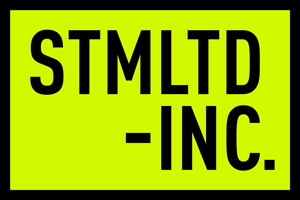Working backwards to create success
By Robb Wagner
A few years back I visited a major broadcast executive in her luxury Manhattan office suite. During the visit, she asked me what I had been working on recently. Then, I told her that I had been doing outcome-focused creative work. And, she asked what that meant.
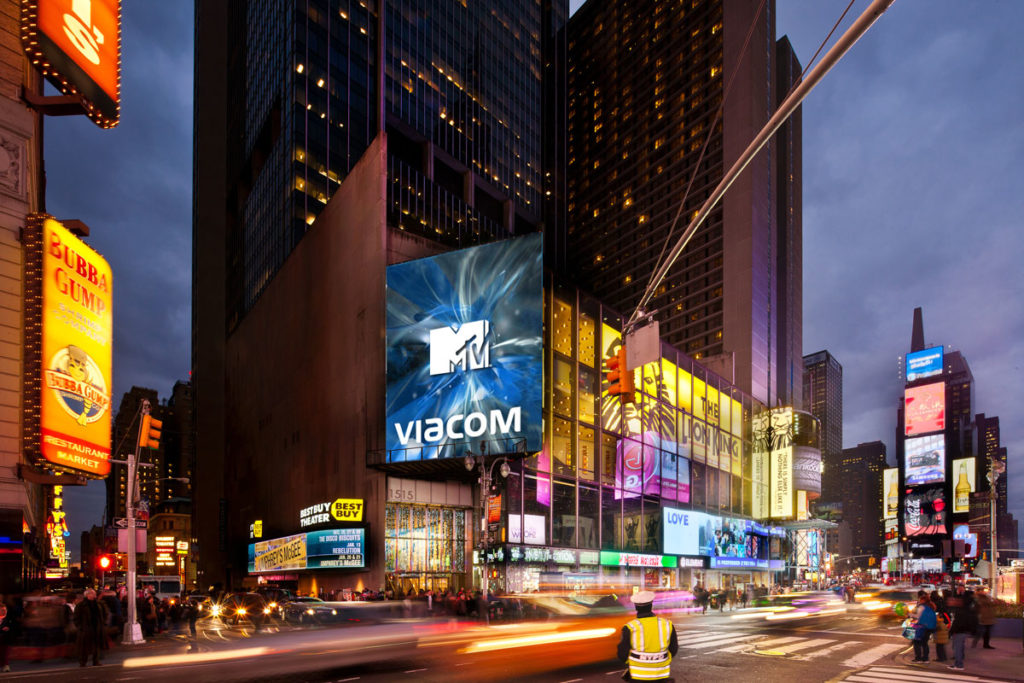
To explain what I meant, I told this broadcast executive about my 2012 intro meeting with Carnival, the world’s largest cruise line. And, how Carnival had retained a world-class consulting agency to tell them who their future customer would be. Further, the consultancy told Carnival what kind of entertainment experiences their future customers would want. Moreover, the consultancy was headhunting creatives from every corner of the entertainment world, myself included, to help Carnival execute this strategy. And, Carnival listened.
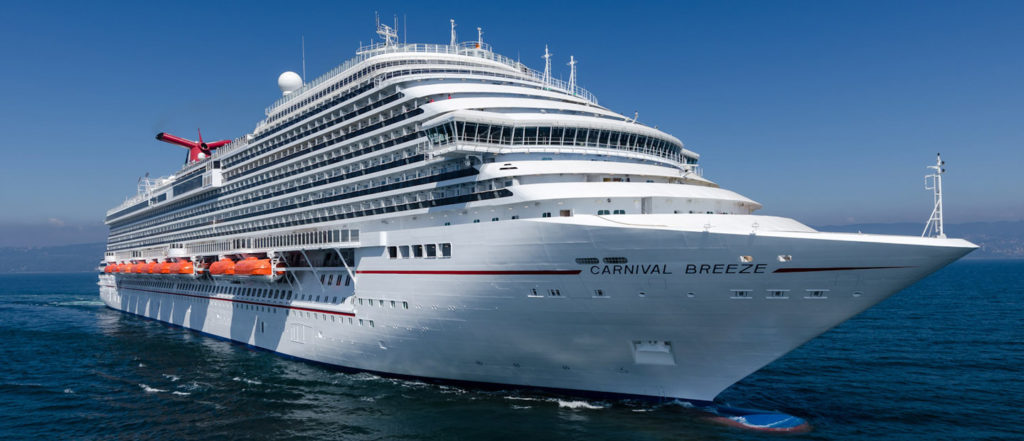
Subsequently, the broadcast executive said to me, “Wow Robb. You can’t imagine how frustrating it is for me to be part of a big, slow-moving industry like broadcast, where executives think they know what people want, then order a pilot, show it to a focus group, and green-light millions of dollars for a series, only to see the project fail. And then they wonder why.”
Now, jump ahead nine years to 2021. I recently received a phone call from the development division of a major broadcasting network. They asked if my studio would be interested in developing creative assets for their in-house development projects, and had one immediate project that I could help with. Then, they told me about the idea for the first presentation. Next, after hearing about the presentation idea I asked the network how they knew it was something the audience wanted. And then, I was told they didn’t. And, that a network executive is ‘just going to make the decision to go straight to series based on his gut feeling after watching the presentation’.
Now I’m the one saying wow because that just sounds crazy to me. Especially for an industry that is losing audience share in double-digit landslides. And, I kindly passed on the offer, because the network didn’t have an outcome that I could help them achieve. They wanted creative work to be done. But to what end? If I don’t know what success looks like, how can I help create success?
I often quote Steve Jobs, who summed this idea up. “We don’t hire smart people so we can tell them what to do. We hire smart people so they can tell us what to do.” -Steve Jobs.
Certainly, I’m not calling myself smart. But, I am quoting a business philosophy that I believe in and practice. For instance, in my upcoming book, I talk about how to give feedback to artists on their work. To clarify, I always justify my feedback to artists. That is to say, when I give feedback to artists, I let them know the outcome we’re trying to create with the work, so they can use their minds to help me achieve the outcome. As a result, I get better work.
Above all, when I take on a project for my studio the first thing I want to know is what success looks like. Then, I want to know how success is measured. From there, I want to work backward and reverse engineer a path that creates the desired outcome. Of course, all the while collaborating with the project’s key stakeholders.
Steve Jobs said this too. “You have to start with the customer experience and work backward to the technology.” -Steve Jobs
My recent experience talking with the broadcast network that was about to spend millions of dollars without an outcome-focus made me reflect. That is to say, it reminded me of the gratification and success that comes with outcome-focused creativity. Below are some of my favorite case studies from the past 15 years.
Def Leppard Tour
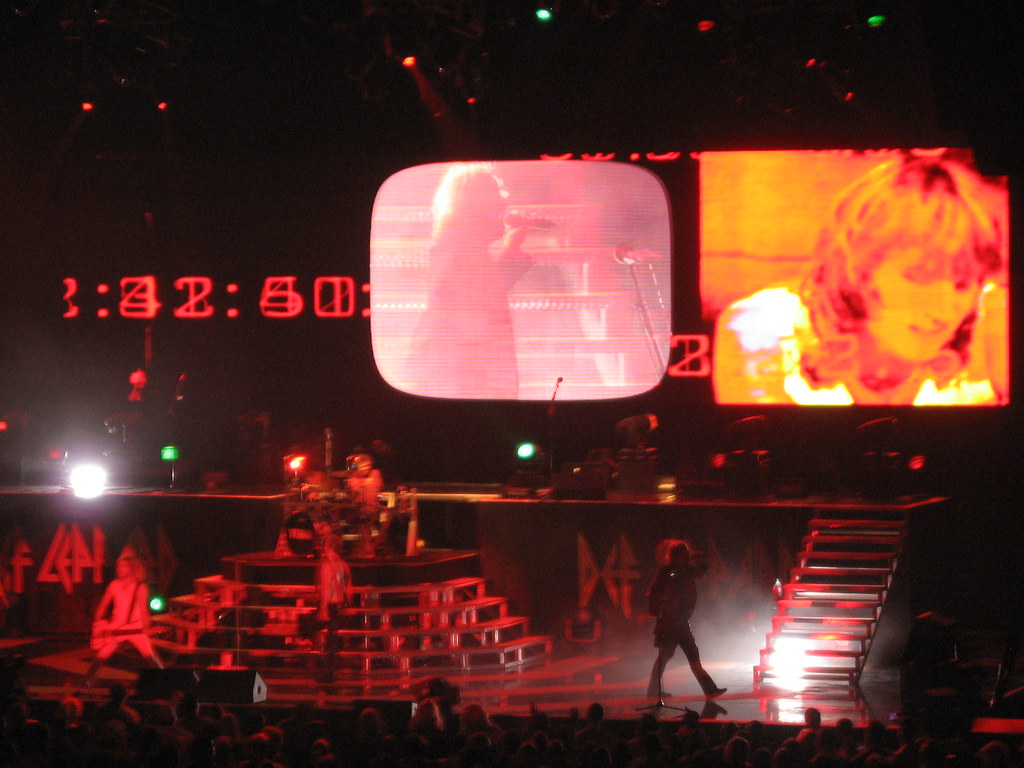
In 2006 Def Leppard approached me about developing their first-ever multimedia concert tour. Next, I thought about the outcome that I could help Def Leppard create designing multimedia content for large LED displays on stage. Then, I imagined how amazing it would be for fans who are in their 30s and 40s to feel like they are teenagers again. And, I asked the band if stirring their fans’ emotions by using archival footage to take them back in time felt right. Subsequently, the band agreed. So, with an outcome in mind, I asked singer Joe Elliott for full access to Def Leppard’s video archive, and he willingly handed me the keys. Firstly, there were dozens of DVDs, brimming with candid behind-the-scenes footage from tour busses, recording sessions, and concerts. Secondly, I asked Joe if I could use everything in the archive, or if I needed to be cautious or sensitive about which footage I integrated into the multimedia content design. And, I’ll never forget the moment when Joe paused, looked up toward the ceiling and said, “It is what it is.” I thought that was so rock and roll. Moreover, I took the signal as my green light to design a modern multimedia concert experience with a nostalgic emotional layer of archival footage woven throughout. And, the first time I heard ten thousand fans singing “Pour Some Sugar On Me”, accompanied by the nostalgic multimedia in the video screens, I knew that we had accomplished the outcome we set out to create.
“When we first saw what Robb had done, we didn’t change a thing. I spent the next six months taking compliments night after night from friends, from colleagues and fans whose comments only cemented our beliefs that we’d done something really special. Thanx Robb, let’s do it again only BIGGER!!!! – Joe Elliott, Def Leppard
Disney’s High School Musical: The Concert Tour
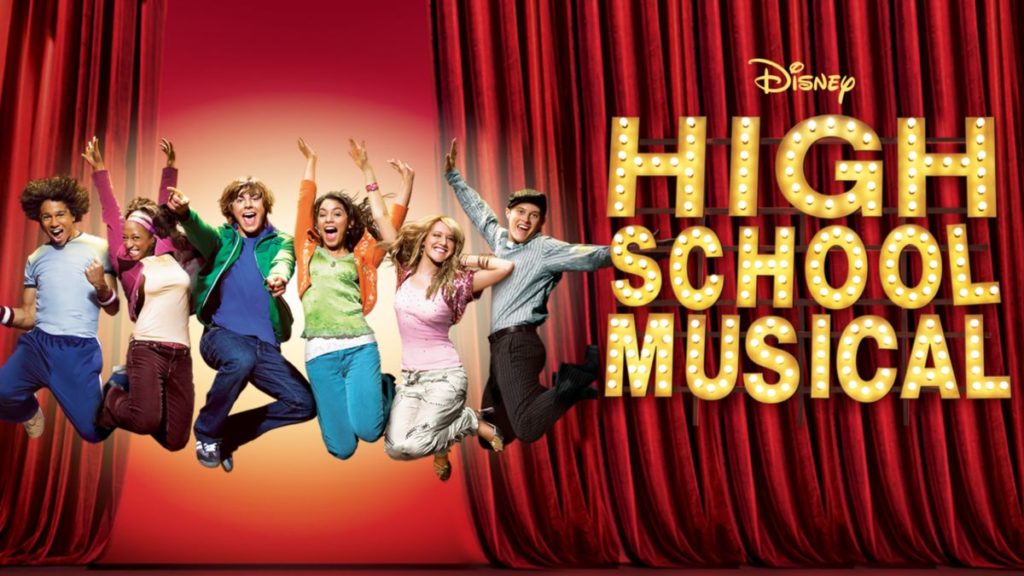
That same year, Disney wanted to transform their existing TV movie asset, High School Musical, into something brand new. Further, into something that people had never experienced before. To clarify, the studio wanted to transform its hit High School Musical TV movie into a first-of-its-kind concert experience, where the stars from the movie would sing live on the concert stage, and trade-off call and response verses and choruses with more filmed stars from the movie, only in the giant LED displays. To help accomplish this, I worked with Disney and Director Kenny Ortega to reverse-edit the TV movie. First, I obtained unused daily footage from Disney. Next, I worked with my team to give new life to scenes that were not destined to be part of the TV movie’s final edit. And, the concert was so successful domestically, that it created international demand. Further, this international concert tour generated tens of millions of dollars for Disney. Above all, Disney achieved their desired outcome of adding even more value to the TV movie asset they already had.
Disney’s Hannah Montana 3D Concert Film
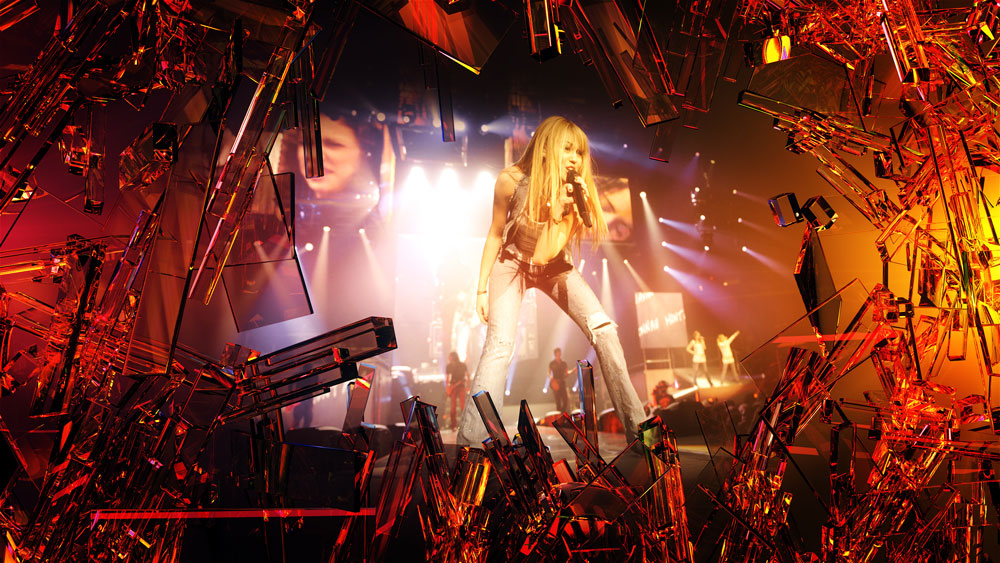
In 2007 Disney had a runaway concert tour success with its Miley Cyrus: Hannah Montana Best of Both Worlds 3D concert. But the concert was so over-sold that it inadvertently left millions of kids heartbroken, because they couldn’t get tickets. Then, Disney decided to create a 3D concert film with the outcome of mending all of the broken hearts. And this desired outcome influenced our creative decision-making. That is to say, if the kids couldn’t attend the concert, they could attend the film. So, the 3D film experience would have to be as good or better than being at the concert. As a result, this caused our creative decisions to be focused on making kids feel as if they really attended a concert event. For instance, we decided not to hide the cameras from each other. Instead, we purposely blocked the behemoth 3D cameras into the frame, which created more immersion, as if moviegoers were inside the arena. And this helped erase the line between fantasy and reality for the audience. My part was live-directing the principal 3D photography under the supervision of Director Bruce Hendricks. Principal photography had to be completed in a single night because it was the only chance for Disney to get the filming done around a concert tour in motion. Further, reshoots would be impossible because of the rigorous tour schedule. In conclusion, we got it done and the film went on to become the second-highest-grossing concert film ever. Moreover, Disney created the outcome of giving all those kids a chance to fill their hearts and experience the concert, albeit in a different medium. What’s more, Disney added even more value to the concert asset that it already had.
Michael Jackson’s This Is It
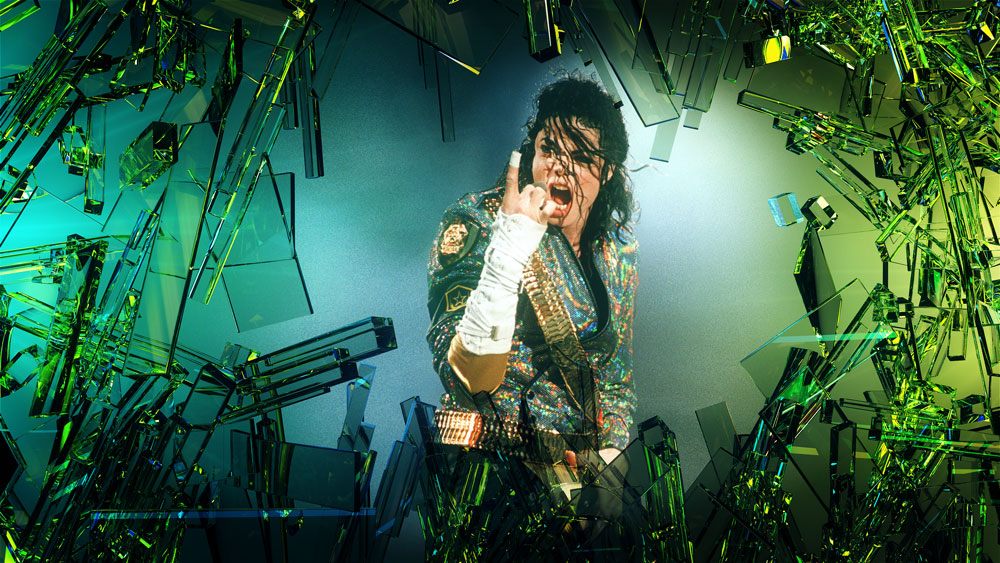
In 2009, Michael Jackson wanted to give his fans the greatest comeback concert ever. What’s more, he wanted to take his legacy as the world’s greatest music video artist to a new height with the addition of a 3D multimedia experience at the concerts. To clarify, Michael’s idea was to integrate a first-of-its-kind 3D LED display into the concert stage. Then, the pre-filmed 3D footage in the LED screen would supernaturally converge with the live-action performances taking place on the stage in front of the display. Moreover, Michael’s big idea was to erase the line between fantasy and reality for the concert-going audience. Meanwhile, I was summoned to a clandestine meeting where I was introduced to Michael by his co-director, Kenny Ortega. Subsequently, I was commissioned to oversee all of the 3D film and video production, and Stimulated-Inc. was commissioned as the production company for the 3D project. Consequently, Stimulated-Inc. took over 3 sound stages at Culver Studios, where Michael had filmed his legendary Smooth Criminal music video. And, we completed filming over six long but very exciting weeks. Subsequently and very sadly, Michael passed during the concert production rehearsals. As a result, Michael’s outcome of giving his fans the greatest comeback concert ever was in doubt. But then, Sony acquired the film rights to the behind the scenes and rehearsal footage of the tour. In addition, the studio could have chosen to focus the film on rumored behind-the-scenes controversies. Instead, it chose to focus on Michael’s desired outcome, and told the story about the King of Pop staging the greatest comeback concert ever. Further, Sony wanted to give Michael’s fans a chance to appreciate what the tour would have been. So, Sony asked me to finish my work so it could be integrated into the feature film. Because, as Sony put it, Stimulated-Inc.’s work was the only part of the tour that could be completed without Michael. And, Sony’s film went on to gross hundreds of millions at the box office, while preserving Michael’s legacy as the King of Pop. Above all, the film achieved the outcome of giving Michael’s fans a chance to experience the greatest comeback concert ever.
YouTube Music Awards
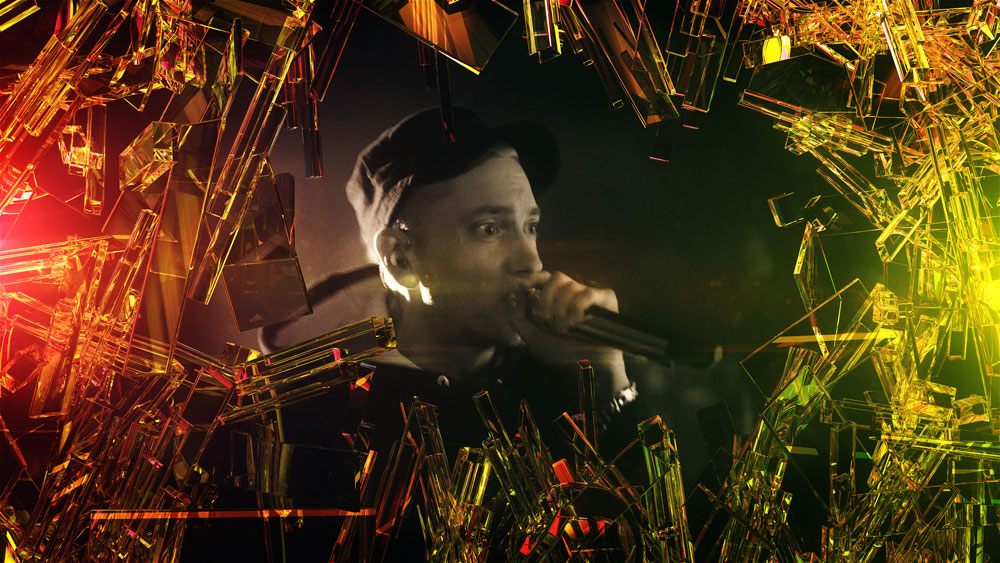
In 2013, Oscar winner Spike Jonze wanted to create music videos that were filmed live, in real-time, in front of an audience and live-streamed on YouTube. To clarify, this was Spike’s outcome-focused creative direction for YouTube’s first-ever music award show, the YouTube Music Awards. And, unlike traditional award shows that stage one-off ‘performances’, Spike wanted to create the same kind of music video that is played on platforms like YouTube and Vevo. That is to say, the same kind of music video that is traditionally filmed on a soundstage, or on location over several days, with weeks-long post-production. But, Spike wanted to film them live. The artists included world-class performers such as Lady Gaga, Arcade Fire, Eminem, and MIA. But, there were people involved with the project who pushed back on Spike’s idea, stating it couldn’t be done. But, my job as the Producer of the project was to make it happen for Spike. And that’s what we did. The Live Cinema music videos we filmed that night in front of an audience went on to earn tens of millions of views for YouTube and the artists. Moreover, the views added up to about one-third of the Super Bowl viewing audience. And, Spike Jonze achieved his desired outcome. To sum it up, without Spike’s creative vision, the YouTube Music Awards would have likely been another ephemeral blip in a long list of award shows. Instead, it achieved the outcome of creating music videos that people can still watch, remember, share and talk about today.
Carnival Cruise Line
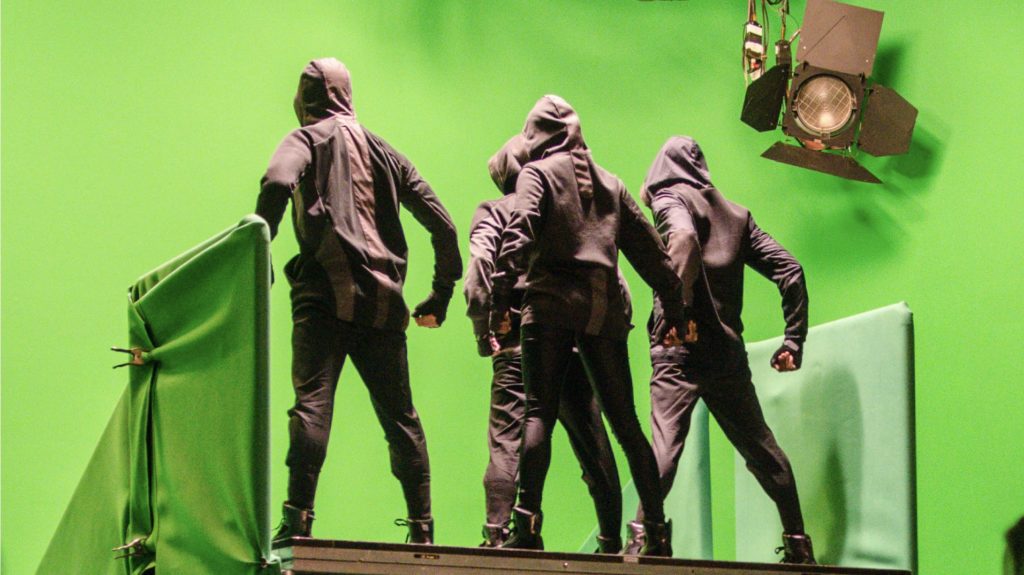
In 2012, Carnival Cruise Line embarked on its journey of stepping up into the entertainment big leagues with the desired outcome of giving its next generation of customers what they wanted and more. As I mentioned in email #1, Carnival retained a world-class consulting agency to tell them who their future customer would be. Further, the consultancy told Carnival what kind of entertainment experiences their future customers would want. Moreover, the consultancy headhunted creatives from every corner of the entertainment world, myself included, to help execute the strategy. And, for the past ten years, I have worked with Carnival to not only develop and produce multimedia entertainment. But also to get to know its customers and develop in a way that we hope always surprises and delights them. What’s more, Carnival invests a lot of work into understanding and having empathy for its customers. To clarify, I work with Carnival’s in-house creative development team to observe, understand and know the audience, while we develop entertainment for them. Moreover, when customer research isn’t completely clear, Carnival’s in-house team is relentless about drilling down into the psyche of their guests to extract the real emotional data, so it can give them what they truly want. The outcome for Carnival’s effort has been the highest-ever customer ratings and customer satisfaction. Unfortunately for Carnival, the cruise industry was hard hit by the pandemic. Now, I am helping Carnival plan and execute their post-pandemic return to service, using the same outcome-focused creativity that created all the earlier successes.
So it makes sense that when I meet with potential clients, one of the first things I want to qualify them with is whether they have an outcome that they want to create. For instance, I recently received a call from a casino that told me they wanted to create ‘eye candy’ for a new LED display. But, eye candy is not an outcome. Similarly, it is incapable of creating value that can be measured. In conclusion, it is inert. And, there’s no way to prove success.
On the other hand, our studio recently became engaged with an industry-leading med-tech company whose products are designed to benefit humanity. And the company’s stakeholders are able to articulate what a successful outcome looks like. Moreover, they are able to articulate the emotions that they want to stir and the messages they want to deliver. Knowing these desired outcomes will let me and my creative team work backward, to reverse engineer a multimedia content solution that stirs all of the desired emotions for the audience. Moreover, it will enable us to develop an outcome-focused experience with measurable results that can be improved over time.
In conclusion, outcome-focused creativity can let companies achieve new heights in business success. But, it requires a mindset shift. To sum it up, without being outcome-focused, can you really use creativity to drive success?

Robb Wagner is an experiential artist, creative advisor to global brands, founder of Stimulated-Inc., and author of the upcoming Hybrid Creative Playbook.
“Live your best creative work life.” -Robb Wagner
Follow Robb

